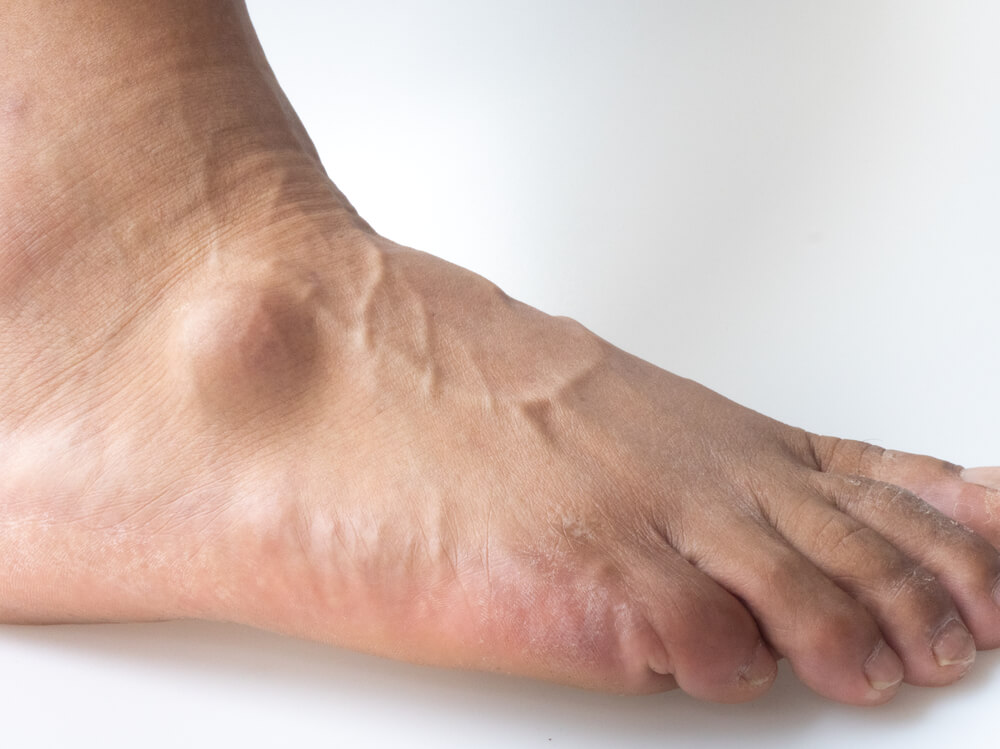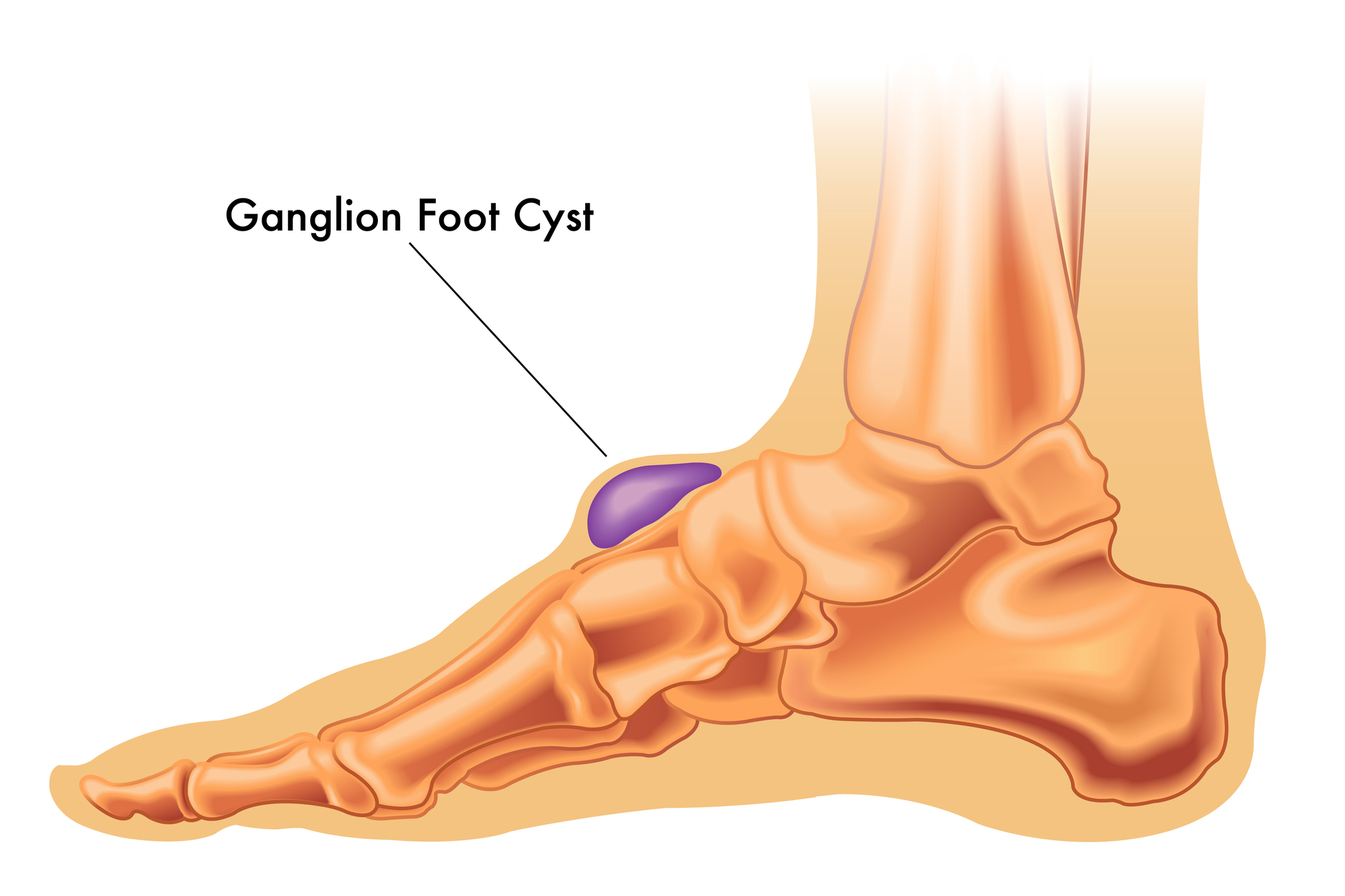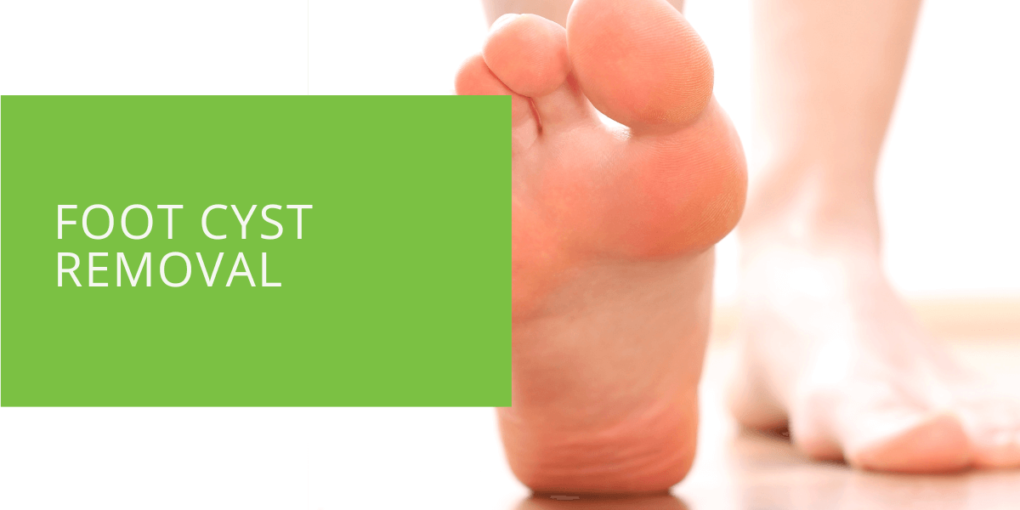Foot Cyst Removal: A Comprehensive Guide
Foot cysts are benign lumps that can form on any joint or tendon in the foot. These cysts can occur at any age and are more common in women than men. While they are usually painless, they can cause discomfort and interfere with the movement of the affected joint. In some cases, a foot cyst may need to be removed, especially if it is causing pain or affecting the function of the foot.
What are Foot Cysts?
Foot cysts are fluid-filled lumps that can occur on any joint or tendon in the foot. They are benign, meaning they are not cancerous. Foot cysts can occur at any age, but they are more common in women and people between the ages of 20 and 40.
Types of Foot Cysts
There are several types of foot cysts, including:
- Ganglion cysts: These are the most common type of foot cysts and are usually round or oval. They can occur on the top, bottom, or side of the foot and on the toes. Ganglion cysts are often filled with a clear, jelly-like substance.
- Synovial cysts: These cysts are usually filled with fluid in the lining of a joint. They can occur on any joint in the foot but are most common in the toes.
- Dermoid cysts: These are rare cysts that contain skin, hair, and other tissues. They can occur anywhere on the body, including the foot.

Why Might a Foot Cyst Need to be Removed?
In most cases, foot cysts are painless and do not cause any problems. However, if a foot cyst is causing discomfort, interfering with the movement of the affected joint, or causing cosmetic concerns, a podiatrist may recommend removal.
The Foot Cyst Removal Process
If a foot cyst needs to be removed, the process will be performed by a podiatrist or a surgeon. There are two main methods for removing foot cysts: aspiration and excision.
Aspiration involves draining the cyst with a needle. This method is often used for smaller cysts or those not easily accessible. During the procedure, the podiatrist will numb the area around the cyst and use a needle to drain the fluid. The cyst may need to be drained multiple times to remove it fully.
Excision involves surgically removing the cyst. This method is usually reserved for larger cysts or those not responding to aspiration. The procedure is usually performed under local anesthesia and involves making an incision in the skin over the cyst. The cyst is then removed, and the incision is closed with stitches.
Recovery After Surgery
The recovery process after foot cyst removal will depend on the method used and the location of the cyst. Most people can generally return to their normal activities within a few days to a week after aspiration.
For excision, the recovery time may be longer, depending on the cyst's location and the procedure's complexity.
After the procedure, the podiatrist will provide instructions on caring for the incision and managing any discomfort. This may include wearing a splint or keeping weight off the affected foot for some time.

Risks and Potential Complications
Foot cyst removal is generally a safe procedure with a low risk of complications. However, as with any surgery, there are potential risks, including infection, bleeding, and scarring. There is also a small risk of the cyst recurring after removal. In some cases, a cyst may return if the underlying cause is not addressed.
Alternatives to Foot Cyst Removal Surgery
A podiatrist may recommend a wait-and-see approach if a foot cyst is small and not causing any problems. In some cases, the cyst may resolve on its own over time. Other non-surgical treatment options include:
- Rest and ice: Applying ice to the affected area and taking breaks from activities that put pressure on the cyst can help reduce swelling and discomfort.
- Over-the-counter pain medication: Nonsteroidal anti-inflammatory drugs (NSAIDs) such as ibuprofen can help reduce pain and swelling.
- Wearing proper footwear: Wearing shoes with a good fit and proper support can help reduce pressure on the cyst and prevent it from worsening.

How to Prevent Future Foot Cysts from Forming
There are several things you can do to help prevent foot cysts from forming, including:
- Wearing shoes that fit properly: Shoes that are too tight or too loose can put unnecessary pressure on the feet and increase the risk of cysts.
- Avoiding high heels: High heels can put extra pressure on the toes and increase the risk of foot cysts.
- Maintaining a healthy weight: Carrying extra weight can put additional pressure on the feet and increase the risk of foot cysts.
- Stretching: Stretching your feet regularly can help reduce the risk of foot cysts.
Conclusion
Foot cysts, or ganglion cysts, are benign lumps that can occur on any joint or tendon in the foot. They are usually painless and do not cause any problems. However, if a foot cyst is causing discomfort, interfering with the movement of the affected joint, or causing cosmetic concerns, it may need to be removed.
The foot cyst removal process can be performed through aspiration or excision, and the recovery time will depend on the method used and the location of the cyst. There is a small risk of the cyst recurring after removal, but there are things you can do to help prevent foot cysts from forming in the first place, such as wearing proper footwear and maintaining a healthy weight.
If you have any concerns about a foot cyst or are experiencing discomfort, it is important to speak with a podiatrist or orthopedic surgeon to determine the best course of treatment.
FAQ
How long does it take to recover from a cyst removal on a foot?
Recovery time after foot cyst removal can vary depending on the method used and the location of the cyst. Most people can generally return to their normal activities within a few days to a week after aspiration. For excision, the recovery time may be longer, depending on the cyst's location and the procedure's complexity. Your podiatrist or surgeon will provide specific instructions for your recovery and let you know when you can expect to return to your normal activities.
How do they remove a cyst from your foot?
There are two main methods for removing foot cysts: aspiration and excision. Aspiration involves draining the cyst with a needle. This method is often used for smaller cysts or those not easily accessible. During the procedure, the podiatrist will numb the area around the cyst and use a needle to drain the fluid. The cyst may need to be drained multiple times to remove it fully.
Excision involves surgically removing the cyst. This method is usually reserved for larger cysts or those not responding to aspiration. The procedure is usually performed under local anesthesia and involves making an incision in the skin over the cyst. The cyst is then removed, and the incision is closed with stitches.
Why do doctors not remove cysts?
In most cases, foot cysts are benign and do not cause any problems. If a foot cyst is small and not causing any discomfort or interfering with the foot's function, a podiatrist may recommend a wait-and-see approach. In some cases, the cyst may resolve on its own over time. However, if a foot cyst is causing discomfort, interfering with the movement of the affected joint, or causing cosmetic concerns, a podiatrist may recommend removal.
Is surgery to remove a cyst painful?
Foot cyst removal surgery is usually performed under local anesthesia, so you should not feel any pain during the procedure. You may feel discomfort after the surgery, but this can usually be managed with over-the-counter pain medication. Your podiatrist or surgeon will provide specific instructions for managing any discomfort after the procedure.
How long is recovery from ganglion cyst surgery on foot?
Recovery time after ganglion cyst surgery on the foot can vary depending on the cyst's location and the procedure's complexity. Most people can generally return to their normal activities within a few days to a week after aspiration. For excision, the recovery time may be longer, depending on the cyst's location and the procedure's complexity. Your podiatrist or surgeon will provide specific instructions for your recovery and let you know when you can expect to return to your normal activities.

